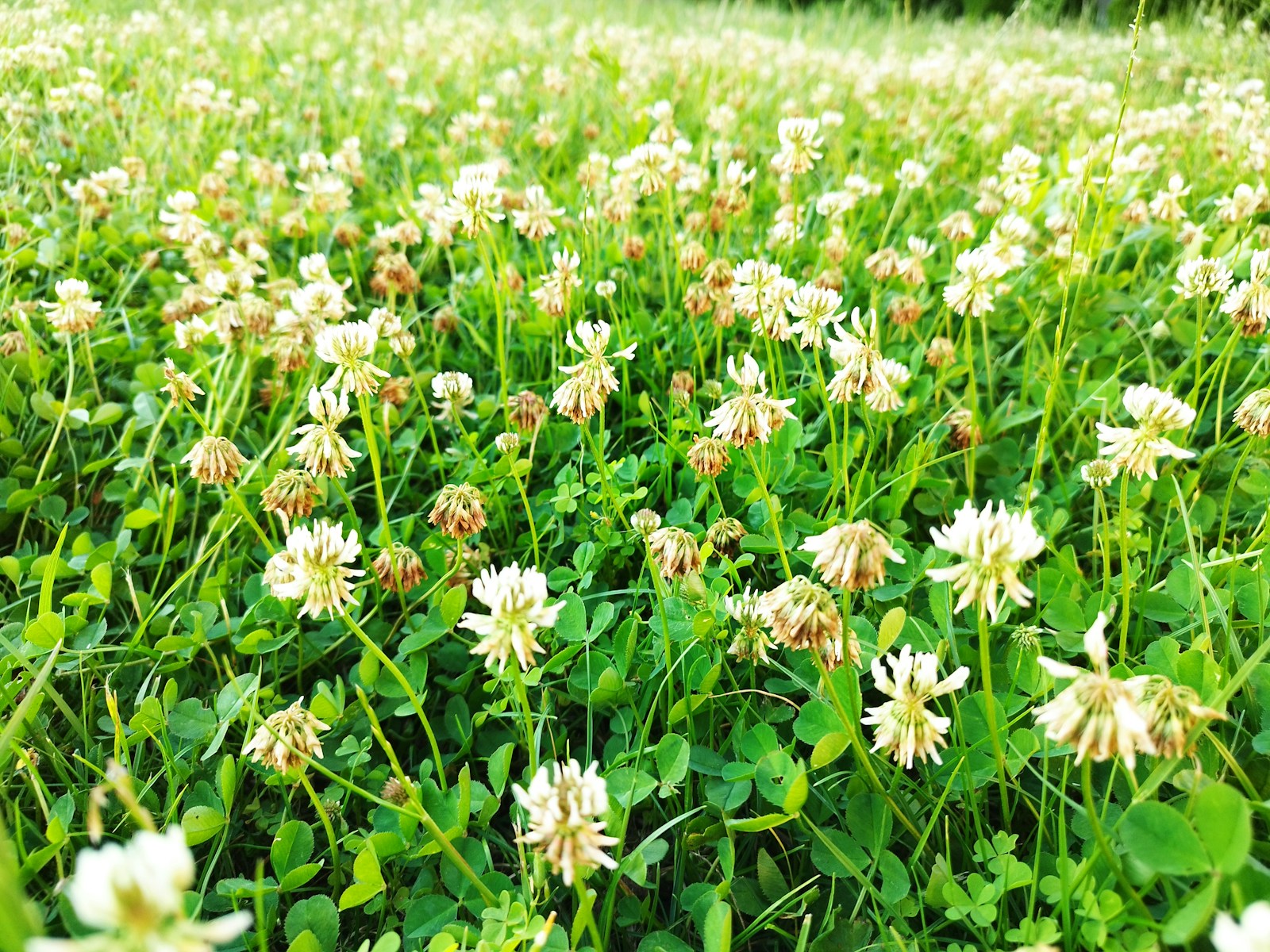Understanding Milorganite and Its Benefits
When it comes to maintaining a lush, green lawn, choosing the right fertilizer is crucial. Milorganite is a popular option among homeowners due to its organic composition and slow-release properties. But if you’re wondering how long it will take to see results, you’re not alone. Understanding the timeline and factors that affect Milorganite’s effectiveness is key to maximizing its potential for your garden.
In this comprehensive guide, we’ll dive into how long Milorganite takes to work, explore how it compares to other fertilizers, and offer some practical tips to help you get the best results. Whether you’re a seasoned gardener or a first-time lawn care enthusiast, this guide will provide the insights you need.
What Is Milorganite and How Does It Work?
Milorganite is a brand of organic nitrogen fertilizer made from heat-dried microbes that have digested organic matter. It is primarily composed of nitrogen (about 6%), phosphorus (about 2%), and potassium (about 0.2%). It’s a slow-release fertilizer, meaning the nutrients are released gradually into the soil, providing long-term nourishment for your plants without causing nutrient burn.
This slow-release feature makes Milorganite unique in the world of lawn care fertilizers. Unlike chemical fertilizers that deliver an immediate boost but can burn your plants if not applied properly, Milorganite works steadily over time, promoting healthier soil and sustainable growth.
How Long Does Milorganite Take to Work?
The time it takes for Milorganite to show noticeable results depends on various factors, including soil conditions, climate, and the specific needs of your lawn. On average, it takes about 2 to 6 weeks for Milorganite to show visible improvements. Here’s a breakdown of what to expect:
First 1-2 Weeks
Milorganite starts working within the first few weeks after application. However, since it’s a slow-release fertilizer, you may not see a dramatic difference right away.
3-4 Weeks
You’ll start to notice more vibrant, green grass as Milorganite’s nutrients slowly release and are absorbed by the soil.
4-6 Weeks
Full benefits begin to show as the lawn thickens, roots strengthen, and overall plant health improves.
Keep in mind that Milorganite’s slow-release nature means it provides sustained feeding, leading to healthier, more resilient grass that can withstand stress and recover from drought conditions better than when using fast-acting fertilizers.
Factors That Affect How Long Milorganite Takes to Work
While Milorganite is a slow-release fertilizer, its effectiveness can vary depending on several factors. Let’s explore how each one influences the time it takes to see results.
1. Soil Temperature
Milorganite is most effective when soil temperatures are between 55°F and 75°F (13°C – 24°C). If the soil is too cold or too hot, nutrient release will be slower.
2. Soil Health and Composition
If your soil is nutrient-deprived or compacted, it may take longer for Milorganite to show visible results. Soil with a good balance of organic matter and proper aeration will allow the fertilizer to work more efficiently.
3. Watering and Rainfall
Milorganite relies on moisture to break down and release nutrients into the soil. Regular watering (or rainfall) will help speed up the process. Aim to water your lawn shortly after applying the fertilizer to help the nutrients begin to absorb into the soil.
4. Grass Type and Lawn Size
Different types of grass have varying nutrient needs. For example, cool-season grasses (like Kentucky bluegrass) may take less time to show results, while warm-season grasses (like Bermuda) could take a little longer.
Milorganite vs. Other Fertilizers: Which Is Best for Your Lawn?
If you’re considering Milorganite, it’s important to know how it stacks up against other fertilizer options, especially in terms of effectiveness, environmental impact, and ease of use. Below, we compare Milorganite to both synthetic and other organic fertilizers.
1. Synthetic Fertilizers
Synthetic fertilizers, like Miracle-Gro or Scotts Turf Builder, provide a rapid nutrient boost. However, they often come with the risk of over-fertilization, leading to nutrient burn or leaching. They are fast-acting but don’t provide long-term benefits like Milorganite.
- Pros: Quick results, available in various formulations
- Cons: Risk of burning plants, leaching of nutrients into groundwater
2. Other Organic Fertilizers
Other organic fertilizers, such as compost or fish meal, can also help improve soil health. However, they often require more frequent application or have higher upfront costs compared to Milorganite.
- Pros: Improves soil health, sustainable
- Cons: Requires more frequent application, can be messier to handle
Milorganite Advantages
- Slow-release: Continuous feeding over time
- Non-burning: Safe for all types of plants
- Eco-friendly: Does not leach harmful chemicals into the environment
How to Apply Milorganite for Best Results
To get the most out of Milorganite, follow these simple steps:
1. Choose the Right Time
Apply Milorganite in the spring or fall, when grass is actively growing. Avoid applying during extreme heat or cold.
2. Apply Evenly
Use a broadcast spreader to ensure an even distribution. Be sure to follow the recommended rate of 32 pounds per 2,500 square feet.
3. Water After Application
Water your lawn lightly after application to help the fertilizer penetrate the soil. Avoid heavy rainfall for 24-48 hours to ensure it stays in place.
4. Regular Maintenance
Milorganite’s slow release means you won’t need to reapply as often. Typically, a couple of applications per year—once in early spring and once in late fall—are sufficient for most lawns.
Common Mistakes When Using Milorganite
Even though Milorganite is relatively easy to use, there are still a few mistakes homeowners make. Here are some common pitfalls to avoid:
- Over-application: Using too much fertilizer can lead to excess nutrients in the soil, potentially harming your lawn. Stick to the recommended application rates.
- Skipping watering: Always water your lawn after applying Milorganite to activate the fertilizer. Without water, the nutrients may not be absorbed.
- Applying at the wrong time: Applying Milorganite during extreme temperatures or when your lawn is dormant can delay results.
Environmental Impact and Sustainability Considerations
Milorganite is a sustainable fertilizer choice for homeowners who care about the environment. As a natural fertilizer made from heat-dried microbes, it reduces waste by repurposing biosolids from wastewater treatment plants. It’s also non-toxic and safe for pets, children, and beneficial insects like pollinators.
Case Studies: Homeowner Experiences with Milorganite
Many homeowners report positive results after using Milorganite, noting that their lawns became thicker, greener, and more drought-resistant. Here’s a typical success story:
- Case Study: Jane, a homeowner in the Midwest, applied Milorganite in the spring and noticed a gradual improvement in her lawn’s color and density. By six weeks, her grass had turned a deep green and was noticeably healthier than her neighbor’s lawn, which had been treated with synthetic fertilizer.
Table: Milorganite vs. Other Fertilizers at a Glance
| Feature | Milorganite | Synthetic Fertilizer | Other Organic Fertilizers |
|---|---|---|---|
| Nutrient Release | Slow-release (up to 10 weeks) | Fast-release (instant) | Slow to moderate release |
| Risk of Burn | Low | High | Low |
| Environmental Impact | Eco-friendly, sustainable | Can leach into water | Sustainable |
| Application Frequency | 2-3 times a year | More frequent | Varies |
| Cost | Moderate | Low to moderate | High |
Final Thoughts
Milorganite is a slow-release, eco-friendly fertilizer that offers steady, long-term benefits for your lawn. While it may take a few weeks to see visible results, the wait is well worth it for a healthier, more resilient lawn. By applying it properly and being patient, you’ll create a lush green space that thrives season after season. With Milorganite, you’re not just feeding your lawn—you’re improving your soil for the long run.
With proper use, Milorganite is a great long-term investment in your lawn’s health. Happy gardening!



